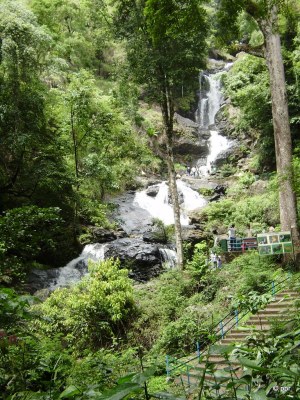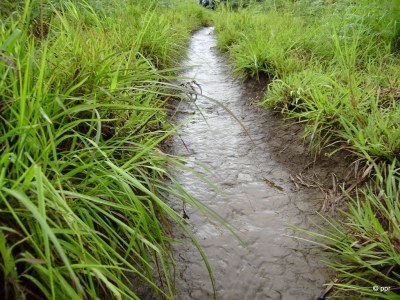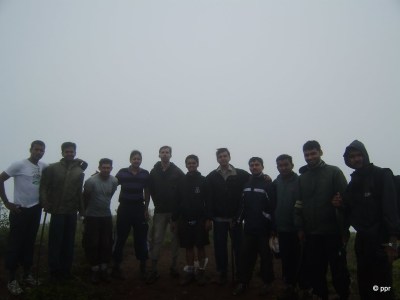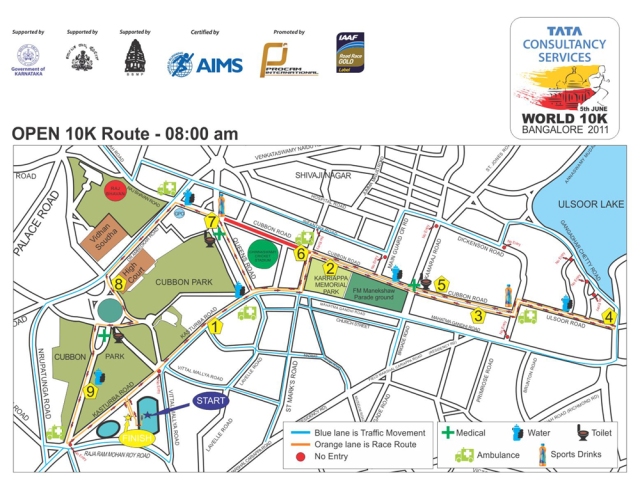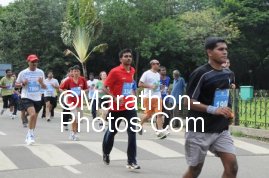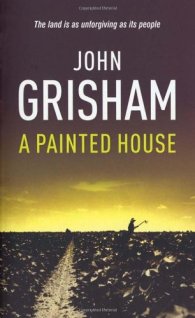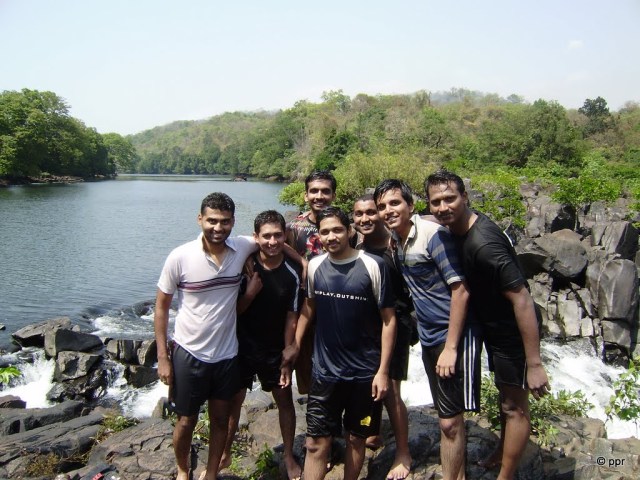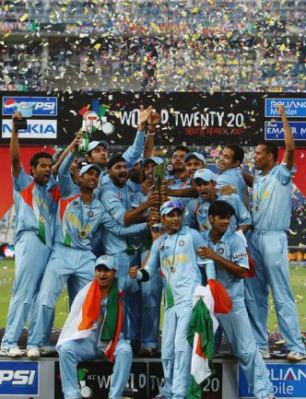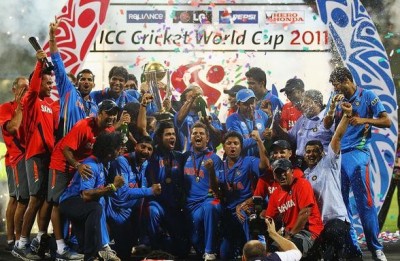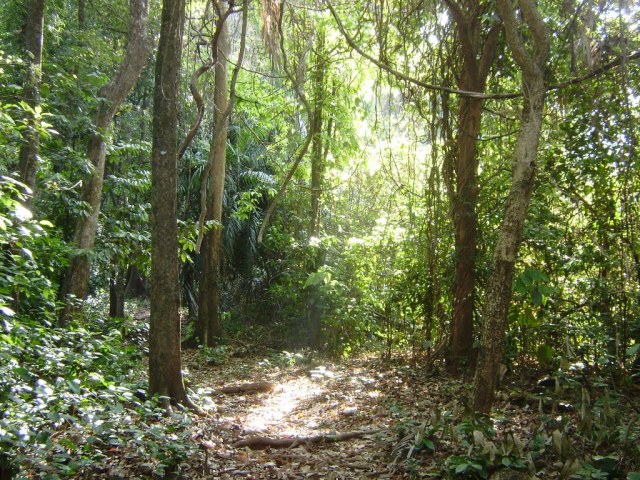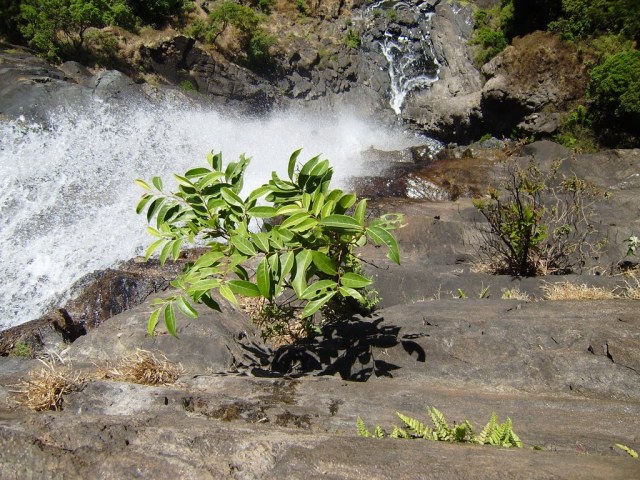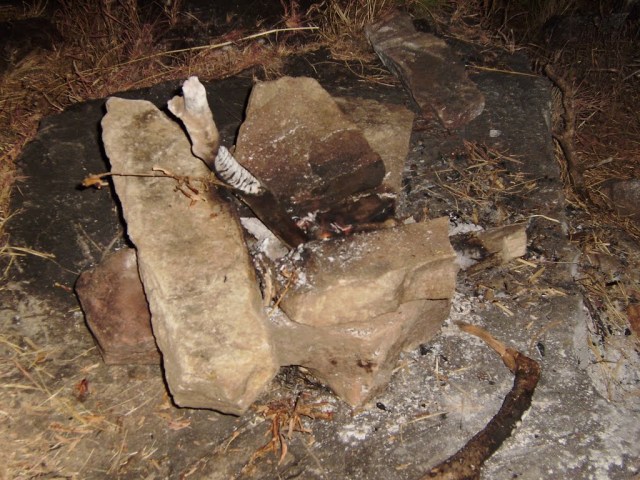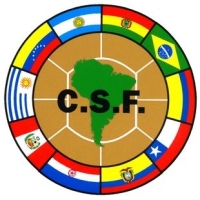Day 0: (21 April 2011, Thursday): Bangalore -> Dandeli:
8 of us Tintin(Nithin), monks(shashi), manja, ummi, shrek(shravan), loki, sai and ppr(me) decided for a summer trip which is usually a non-trek and no bike-ride i.e, in general, a non hectic trip. This time it was Dandeli, Yana, Gokarna and Sirsi in Uttara Kannada. We booked tickets in the 10:45pm Rajahamsa to Dandeli. Long weekend + Rains = Chaos in KSRTC bus stand. Our bus eventually left at 11:45pm.
Day 1: (22 April 2011, Friday): Dandeli:
We reached Dandeli at 10am, to find that the state lodge (situated exactly opposite to the bus-stand) where we had booked rooms for the day, refused availability. After much haggling with the manager, he parted with an ac room for Rs.700 and non ac one for Rs.350. Even further haggling and we were able to extract 2 rooms with non-ac for Rs.880 for 8 guys. A commendable job!! 😀
We landed in Dandeli for the sole purpose of water sports and adventures particularly rappelling. We booked adventure activities from State adventures for a rate of Rs.1000 per head which included Kayaking, Coracle ride, jacuzzi point, river crossing and Crocodile vella. But much to our disappointment, the organizer said that some endangered bird had laid its egg in the rappelling path and we will not be able to do it.
We freshened ourselves up and had breakfast at a not so decent hotel. The organizers had organized for a jeep costing Rs.1100 to take us on a 15km journey to Bison River Resort in Ganesha gudi along the bank of river Kali, which was our haven for water sports. Our first activity was Kayaking. Having already kayak-ed quite a few times before, we were quite used to it. But the scenery was good and the place very peaceful. Enjoyed the 1 hour slow ride on the river. Next in line was the boring coracle ride, but we at-least got a chance to take a few pics this time around, as we didn’t take our cams during our kayak trip. After a 20 minute ride, we were taken to the jacuzzi point, where boulders along the river path had created natural seats for us to sit down and let the fast rushing water to flow over us giving a good massage en-route. 30 minutes ran past before we knew and we were very sleepy in the hot sun after the wonderful cool bath… 🙂
 |
| River Kali |
 |
| Sai at jacuzzi point |
When we returned to the bank, the organizer told us that river-crossing was cancelled, as the water level was not too high and the crossing could be rather termed bande(boulder)-crossing… 😛 This disappointed us mightily, but to our luck, we found that rappelling was open. After a 22km ride into middle of the forest near Jagalbete, where an old mining spot is converted into an rappelling point. 3 guys from the Bison river resort were clubbed along with us for this event.
 |
| Our rappelling spot |
Our guide/instructor explained the intricate details of how to go about rappelling safely. The first guy went down the 75feet cliff without any mistakes. But the second person to go, skidded and fell and hit the cliff’s boulders multiple times and reached down with bruised elbows and bloody knee. Now our stomachs squirmed and we had cold feet in mid-day standing on top of a cliff with the sun in all his glory. To add to this, the 8 of us not knowing about the availability of rappelling had come in wearing floaters and chappals with no grip whatsoever.. 😛
7 of our gang got down while I was stationed above as a photographer to take pictures of them in the act. I was the last one to go down. Having seen quite a few adventure events and X-games where the experts followed a particular method of doing small leaps and covering major height that way. I followed this method instead of the walk perpendicularly to the cliff, which others before me had followed. It was thrilling and pumped up the adrenaline. One of the best things I have done till date.
On the return journey, it was almost 6pm and we bunked the crocodile vella as a majority were uninterested. The last bus to Sirsi goes by 6:30pm. Since we had missed that by a good 30 minutes, we went to our rooms to clean up and have our dinner and get some rest.
 |
| Shrek getting ready for rappelling |
Day 2: (23 April 2011, Saturday): Dandeli -> Yana -> Vibuthi falls -> Om beach, Gokarna:
After a night of war with the mosquitoes, we were too drowsy but still caught the 7:30am bus to Sirsi via Yellapura. I will never want to train for driving where the driver of this particular bus trained. He never lifted his foot from the accelerator for any road hump, pothole or come what may. We were thrown around in the seats (we were too smart to sit in the last but one row for this one.. :P) for 2 hours covering 120kms before we reached Sirsi New bus stand right in the middle of nowhere. After a 5 minute wait, we were taken to the old bus-stand amidst civilization. Had a wonderful breakfast of idlis, puris and kokam juice in a small hotel and booked a cab (Winger – 12 seater) to roam around for 2 days at Rs.5000.

By 12pm, our cab was ready and we were on our way to our first destination, YanaKumta, we were dropped at the entrance to Yana. A 0.5 km trek lead us to the famous 2 huge solid black rocks Bhairaveshwara Shikhara and the Mohini Shikhara named after Lord Shiva and Pravathi ma.
 |
| Mohini Shikara |
 |
| Bhairaveshwara Shikhara |
After a brief visit to the temple dedicated to Swayambu(created by its own accord) Linga which is situated below Bhairaveshwara Shikhara, we moved towards the famous caves behind the temple. The caves are magnificent piece of artistry by nature. The crevices at the top of the caves form spectacular formations while the whole cave path is strewn with natural beauty though covered with bats and smells of bat droppi. This place is a heaven for photographers… 🙂 We took about 1 hour to cover the whole cave which in normal walking speed should take at a maximum of 10 minutes.
 |
| Infront of the famous caves of Bhairaveshwara Shikara |
 |
| Comet shaped crevice in the caves of Bhairaveshwara Shikhara |
 |
| A lone barren tree atop the Shikara |
We next “tried” to visit the cave below Mohini Shikara. The path is made of concrete steps. Monks and me had a race to the cave and we over-shot the cave by 3kms. We had almost reached the parking lot at the other entrance.. 😀 After waiting for about 20 minutes, we saw tintin and loki ambling along, forming a “search and rescue” party to get us back. Well at-least the S & R mission was accomplished… 😛
Our next stop was Vibhuti Falls at a short distance from Yana. The 2km trek to the waterfall is good and the waterfall is refreshing to say the least. We had the entire waterfall to ourselves and clicked photos to our will. I rechristen Loki as the fishy-boy and i mean it literally. The small fish in the pool close the water fall were attracted to loki’s feet like moth to fire.. 😛
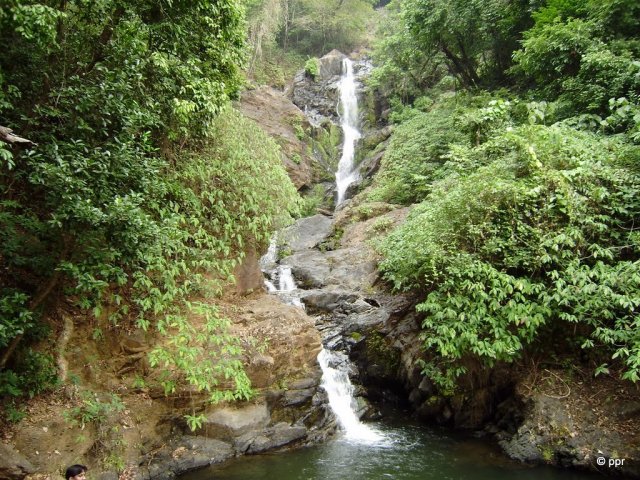 |
| Vibhuti falls |
 |
| Add caption |
By the time we returned to the cab, it was 5pm and the 60km and 1 hour ride to Gokarna was smooth. We entered the famous Om beach where we had booked beach shacks/huts for the night at Om Shree Ganesh Resort. But on arrival the manager much similar to the previous day in Dandeli refused us saying accommodations were full. This is blatant disregard of trust. If you donot have pre-booking then why agree in the first place. We were told to wait back to talk to the owner while tintin and Monks went ahead to search other options. The owner arrived and said 3 rooms were available (magically appeared i guess) at Rs.300 per room. But the guys had found Jungle resort which gave us 2 better shacks for Rs.200 each and we readily accepted. We had a good dinner at “Dolphin Dive Cafe” frequented by foreigners and the cleaner here is a foreigner too. Talk about outsourcing!!! 😛 Took a stroll in the beach at night with no one to disturb except an occasional stray dog whose sleep we disturbed or a tourist with torch finding his way back to his shack.
 |
| Om beach |
 |
| Jungle resort shack |
Day 3: (24 April 2011, Sunday): Gokarna -> UnchaLi falls -> Marikamba temple -> Banvasi -> Sirsi -> Bangalore:
For a second consecutive night we faced the wrath of mosquitoes. Again got up in a drowsy state but soon was wide awake by the thought of a beach trek… 🙂 Om beach to Paradise beach, the 6km trek along the beach and cliffs. We started the trek at 6:30am, by walking all along the Om beach to its other end and climbed up the hill. The sun was rising and following the beach along the cliff, within half an hour reached Half Moon Beach which is a totally non commercialized small beach with only crabs as its inhabitants.. 🙂
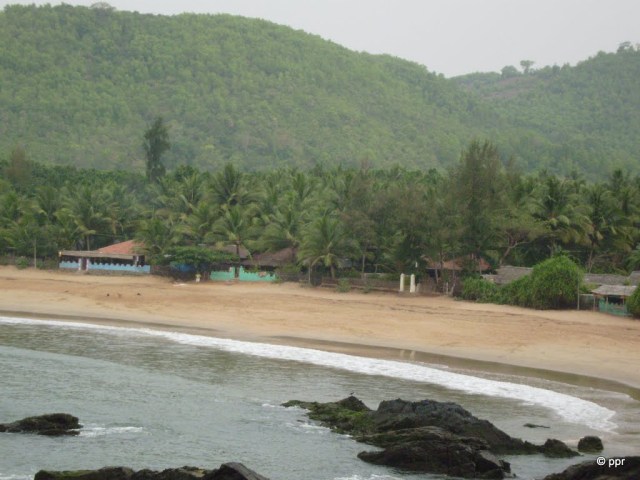 |
| End of Om beach along the trek |
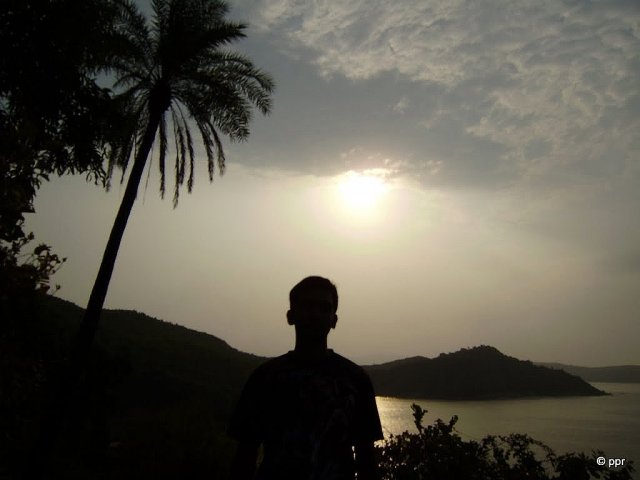 |
| Sunrise along the trek path |
From here, the route is much rougher along the slippery boulders with the sea crashing into the boulders. After crossing another cliff/peak, Paradise beach was visible. There are a couple of shacks or resorts here but the crowd is very less. This was one of the most beautiful short treks ever taken by us.. 🙂
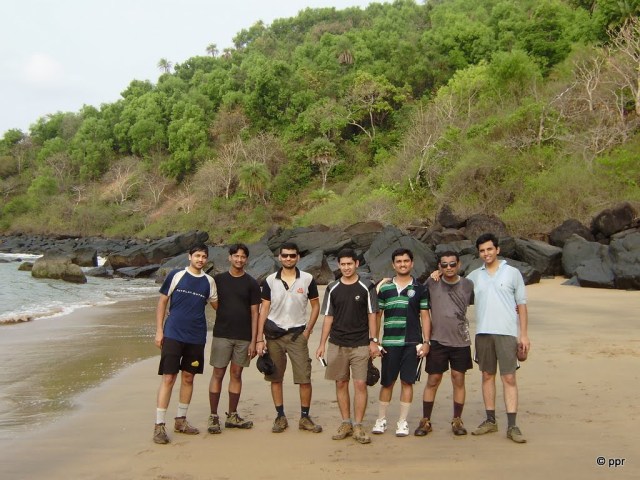 |
| At half moon beach |
 |
| Flowers at sunrise |
 |
| Paradise beach |
It was 8am and we decided to hitch a boat ride back to Om beach costing Rs.100 per head. But along the way, we were taken to the portions of sea where Dolphin’s frequent and were lucky enough to catch a glimpse of few of them. On returning to Om beach, we had our breakfast again at “Dolphin dive cafe” and then dived into the sea and played for an hour. Took a long shower in the open roof bathrooms like in our villages… 🙂
By 12pm, we were back in the cab. Our first destination was the Maha Ganapathi Temple and then the famous Mahabaleshwar Temple which holds the atmalinga. We began our last destination of the trip Sirsi. Had ShevBujiya for lunch (never even heard of the name before but tasted good). Took a deviation en-route and watched the beautiful 116 meter drop UnchaLi falls near Heggarne.
 |
| UnchaLi falls |
 |
| L to R: Monks me and tintin super excited for a pic.. 😀 |
The remaining 35km of the journey to Sirsi was very good as it drizzled all the way. We visited the famous Marikamba temple and then the Banvasi temple which is 22kms away from Sirsi town. Banvasi temple is a temple dedicated to Madhukeshwar which is a linga in the colour of honey built in 9th century. The temple gave us ample opportunities to take good pics of the sunset. We returned back to Sirsi town to have dinner and catch the 9pm Rajahamsa back to Bangalore.
 |
| Marikamba temple |
 |
| Statue at the Entrance to Banvasi temple |
 |
| Ardha ganapathi – One of its kind. |
 |
| Sunset at Banvasi temple |
It was a very good trip considering the amazing places we visited both natural and man made wonders. Though the hospitality and courtesy of Indians towards one another is still poor, the places we visit negates the effects and has more to offer us new views and perspectives on nature. This makes us want more of such trips.
 |
| L to R: Shrek, Tintin, Ummi, Monks, Sai, Loki, me(ppr) and Manja… 🙂 |
Summary:
- Costs 3.5K per head including 1K for adventure sports.
- Reconfirm your hotel bookings.
pics link:
